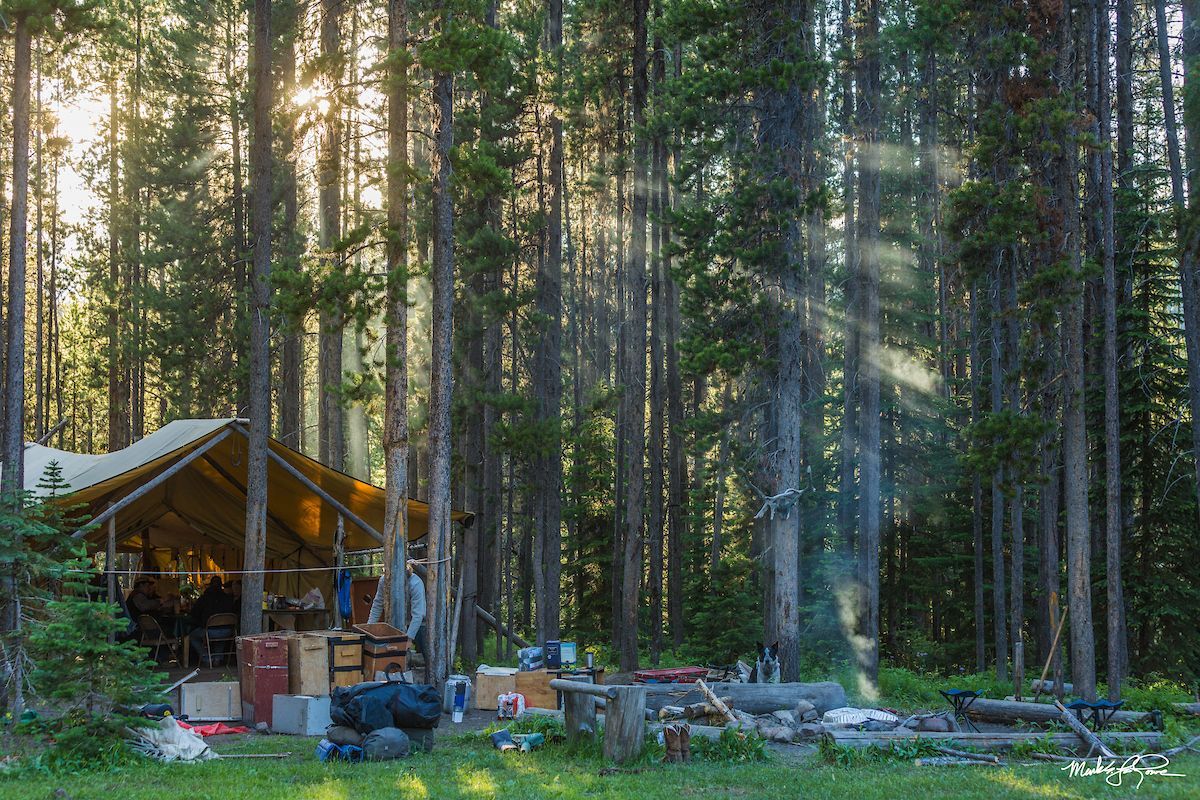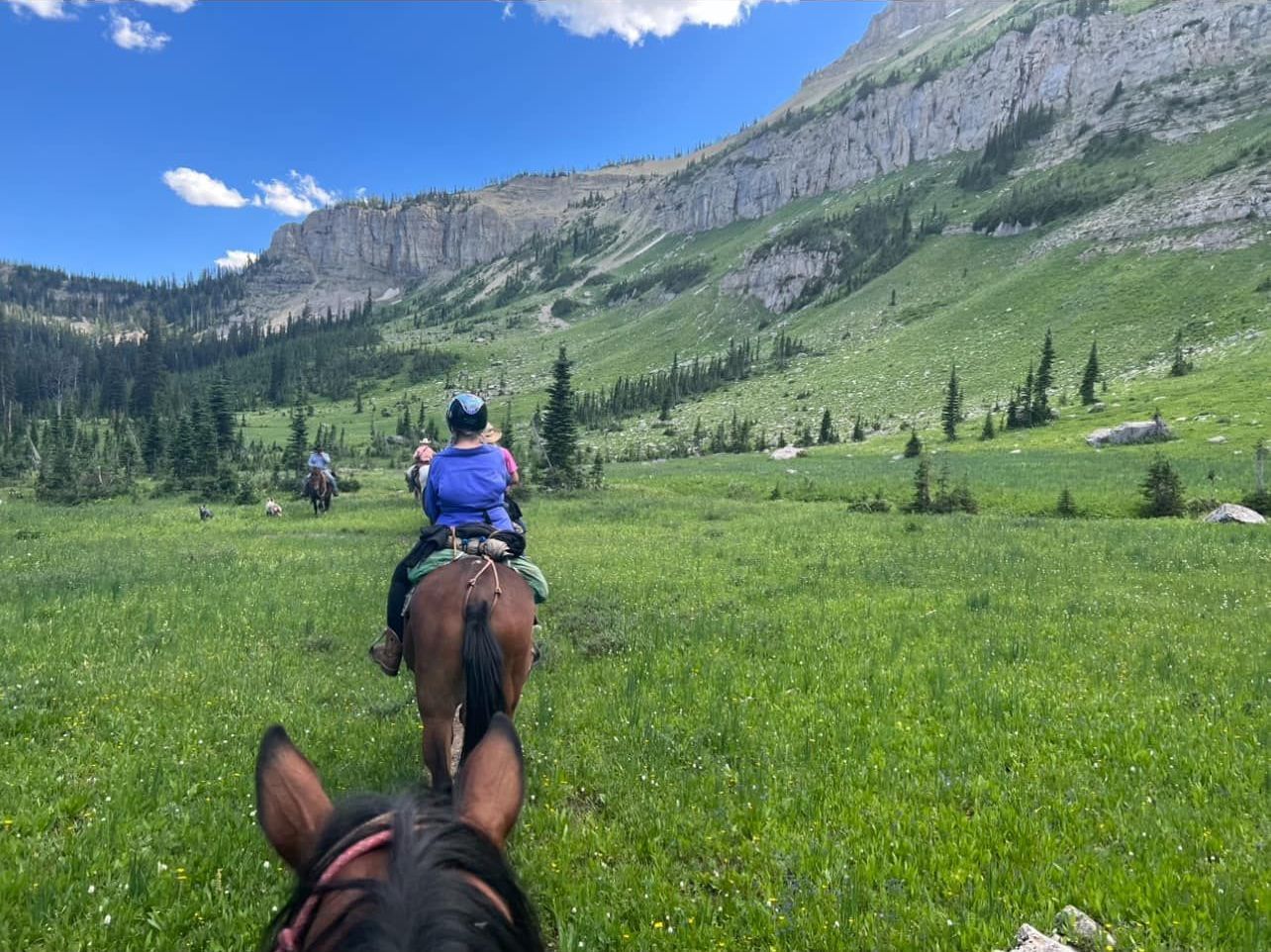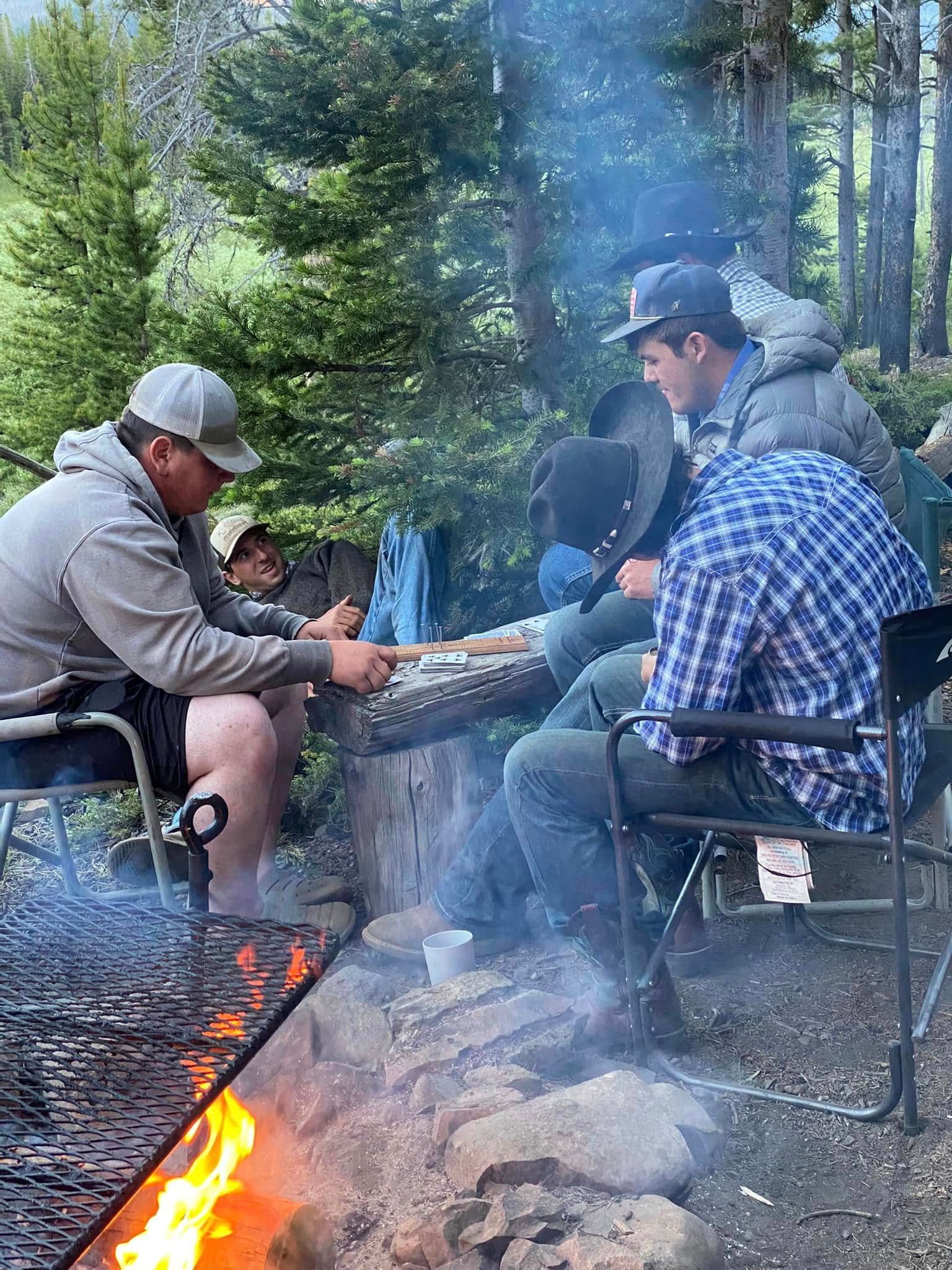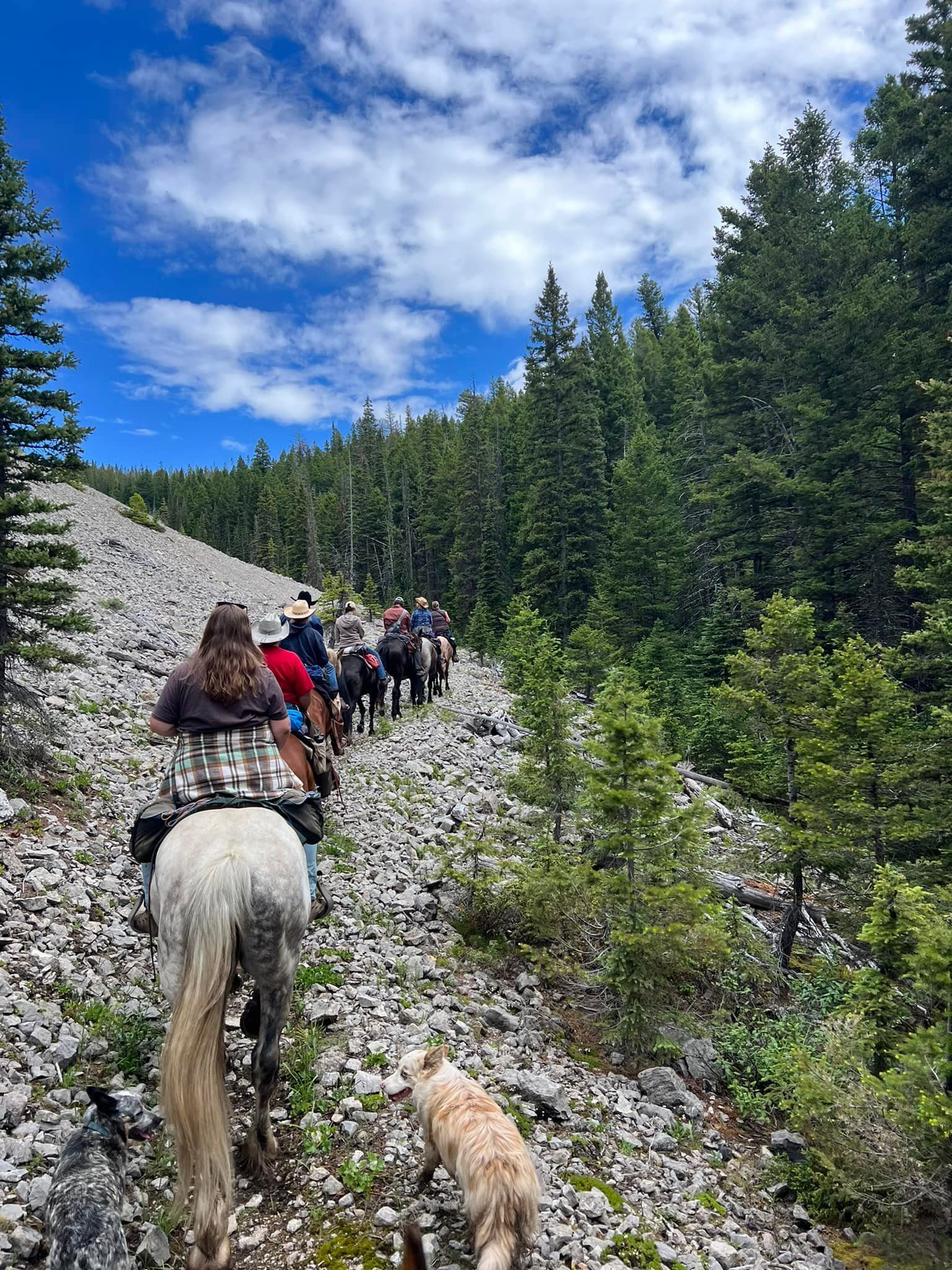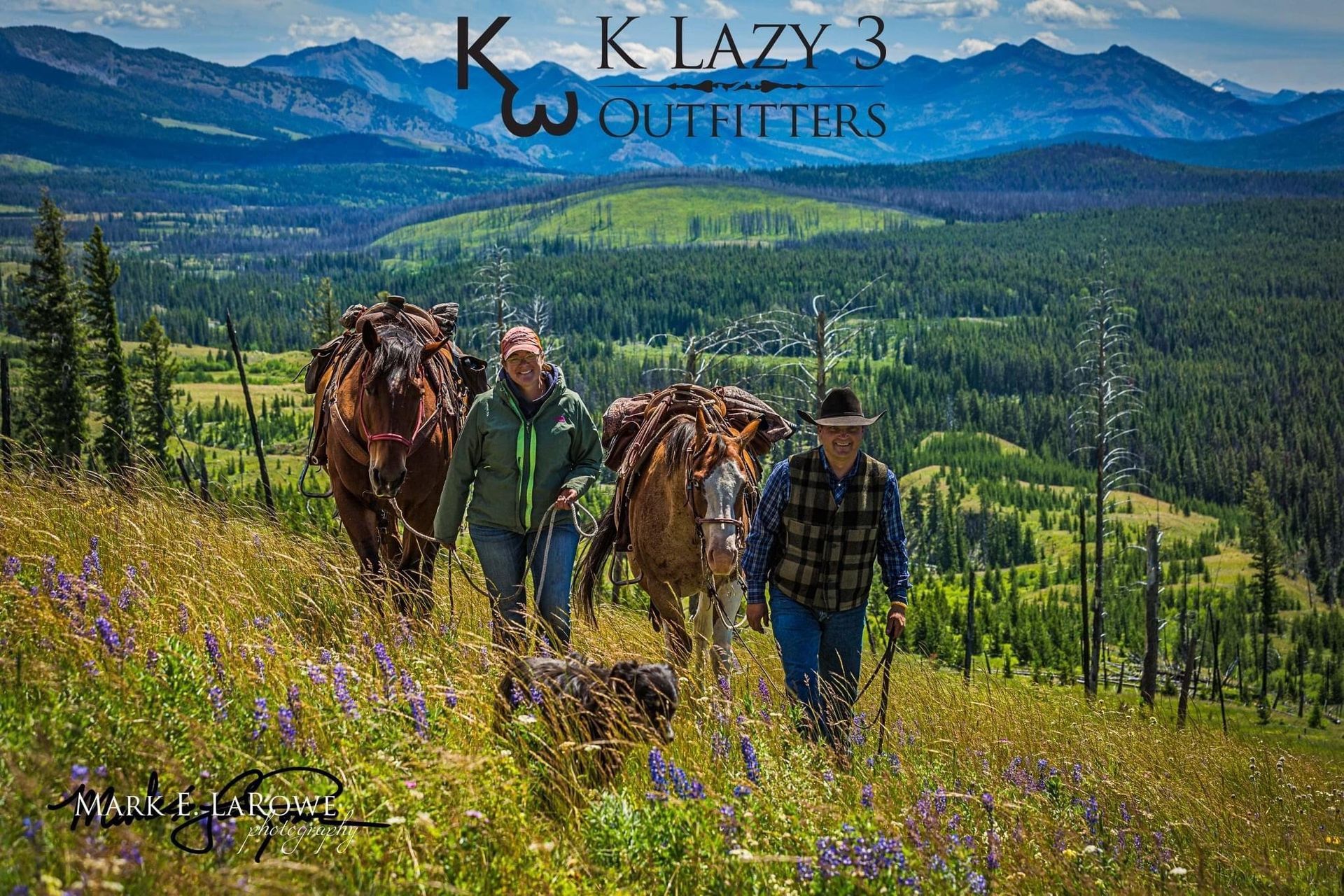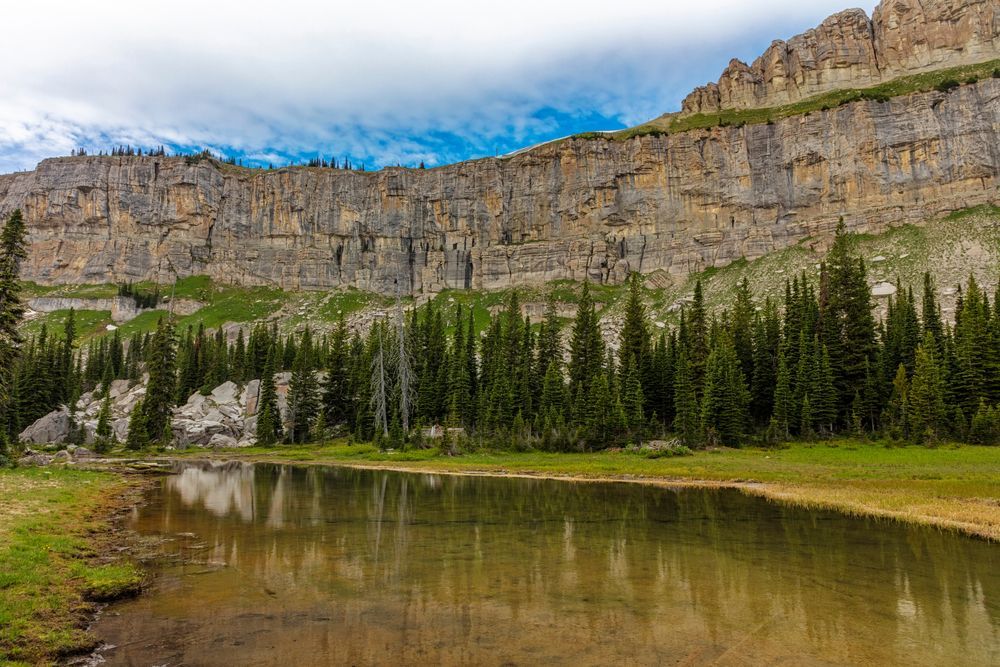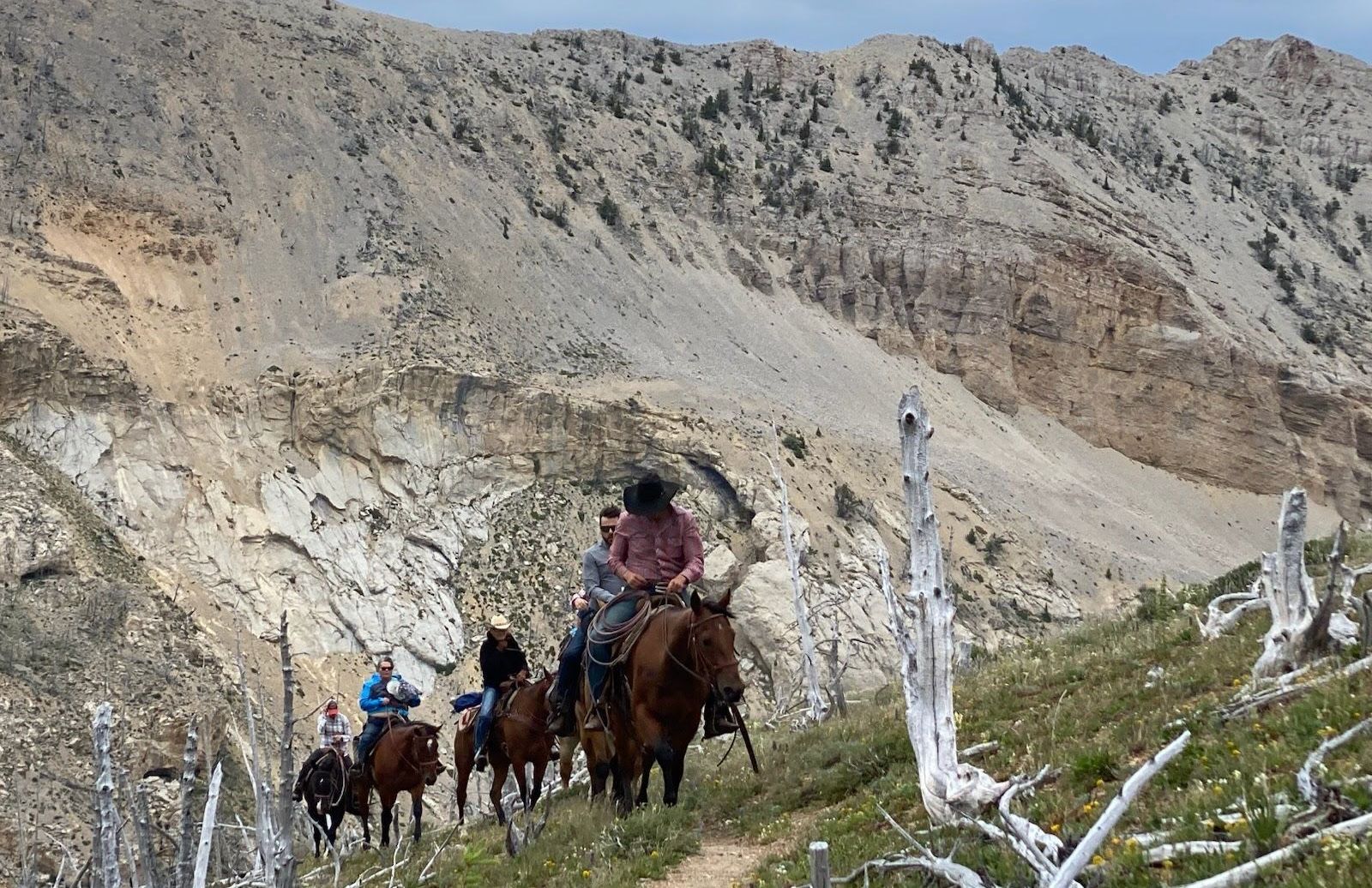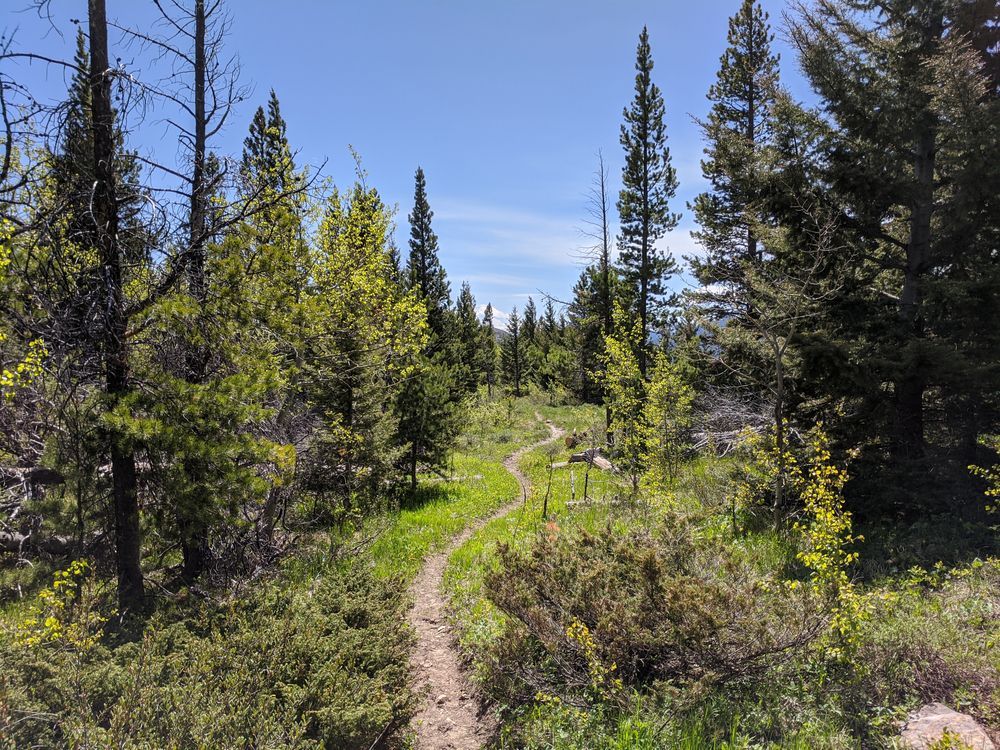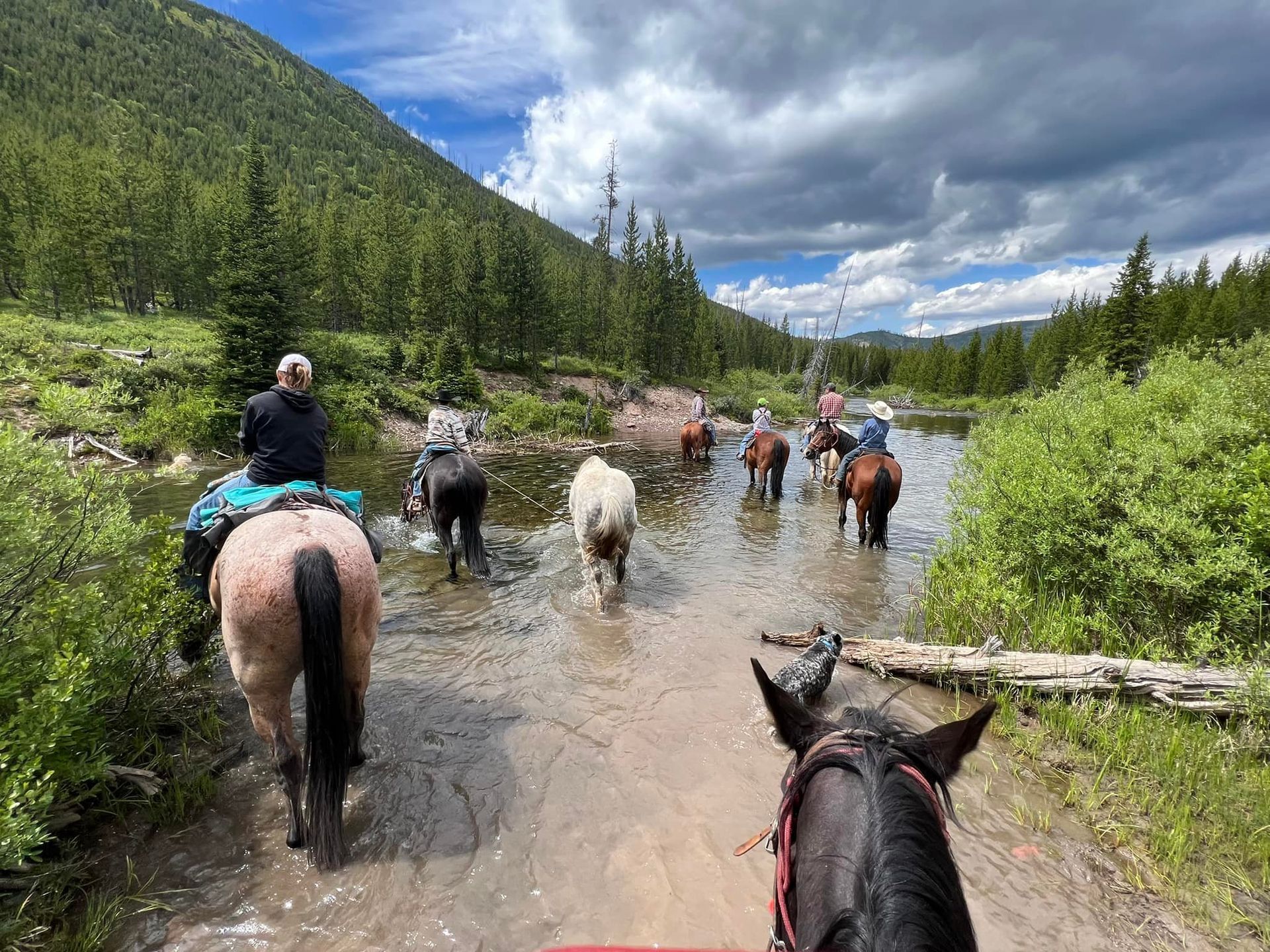Pack Animals: The Unsung Heroes of Montana Wilderness Adventures
Pack Animals: The Unsung Heroes of Montana Wilderness Adventures
Montana's backcountry landscapes offer incredible opportunities for wilderness exploration, but accessing remote areas like the Bob Marshall and Scapegoat Wilderness requires specialized logistics. Pack animals serve as essential partners in wilderness adventures, making multi-day trips possible by transporting gear, supplies, and equipment across terrain where motorized vehicles cannot travel.
Understanding the role of pack animals helps wilderness travelers appreciate the complex operations that enable comfortable, extended stays in pristine backcountry locations.
Why Pack Animals Are Essential for Wilderness Access
The Bob Marshall Wilderness Complex maintains federal wilderness designation, prohibiting motorized vehicles and bicycles to preserve the natural environment. This protection creates stunning, undisturbed landscapes but also presents logistical challenges for multi-day wilderness trips.
Pack animals solve these access limitations by carrying hundreds of pounds of supplies across miles of wilderness terrain. For trips requiring tents, cooking equipment, fishing gear, and clothing for multiple days, hiking everything manually is impractical and potentially dangerous.
Pack animals enable guests to travel with lighter personal loads while ensuring essential supplies reach remote campsites safely and efficiently.
Types of Pack Animals Used in Montana Wilderness
Professional outfitters utilize different pack animals based on specific trip requirements, terrain conditions, and group size. Each animal type offers distinct advantages for wilderness transportation.
Horses for Riding and Packing
Horses serve dual roles in wilderness adventures, both as riding mounts and pack animals. They demonstrate strength, responsiveness, and reliability on established trails. On guided horseback trips, guests typically ride horses while additional horses carry gear and supplies.
Horses perform best in areas with stable, wider terrain and can carry moderate gear loads effectively when paired with other pack animals for larger supply requirements.
Mules for Heavy-Duty Wilderness Transport
Mules are the offspring of male donkeys and female horses, combining the best traits of both species for wilderness work. These animals are renowned for their toughness, superior balance, and ability to navigate narrow, rocky trails safely.
Mules carry more weight than horses and demonstrate greater resistance to injury in rough terrain conditions. In the Bob Marshall and Scapegoat Wilderness areas, mules transport food supplies, camping equipment, cooking gear, fishing equipment, and even folding tables across challenging mountain terrain.
Their exceptional stamina makes mules ideal for long-distance Montana backcountry expeditions where reliability is crucial.
Llamas for Specialized Applications
Llamas are utilized for trips requiring minimal environmental impact or in terrain where lighter loads are appropriate. These animals carry substantial loads while maintaining gentle impact on trails, requiring less food and water than horses or mules.
For specific wilderness areas where minimal environmental footprint is desired or where pack weights are lighter, llamas provide smart and efficient transportation solutions.
Professional Pack Animal Operations
Experienced outfitters employ systematic approaches to pack animal management that ensure safety, efficiency, and animal welfare throughout wilderness trips.
Weight Distribution and Balance
Each animal receives carefully balanced loads to maintain stability and prevent injury during travel. Gear is packed in panniers (specialized saddlebags) and weighed precisely. Loads must remain secure while allowing natural movement across challenging terrain.
Strategic Route Planning
Guides select routes based on animal capabilities and terrain conditions. While mules and horses handle steep grades and rocky passes better than humans, intelligent route planning prevents unnecessary strain and ensures safe passage for both animals and guests.
Camp Management
Upon reaching camp destinations, pack animals are systematically unloaded, fed, watered, and provided adequate rest periods. Animals are secured with sufficient space for movement and grazing while guides handle all care responsibilities, allowing guests to focus on relaxation and camp activities.
Animal Health and Welfare
Professional outfitters maintain rigorous animal care standards. Pack animals receive proper nutrition, professional shoeing, and adequate rest between trips. Healthy, well-cared-for animals ensure safe, smooth wilderness adventures for all participants.
Guest Guidelines for Pack Animal Trips
First-time wilderness travelers should understand several important considerations when participating in pack animal supported adventures.
Safety Protocols
Allow trained guides to handle all pack animal interactions. While guest interaction with animals is encouraged, handling or leading pack animals remains the responsibility of professional staff for safety reasons.
Packing Requirements
Use soft duffel bags rather than hard suitcases or rigid containers for easier loading onto pack animals. Guides typically provide specific packing guidelines in advance to optimize load distribution and animal comfort.
Essential Items Only
Even with pack animal support, focus on essential items rather than luxury goods or excessive clothing. Smart packing enhances the experience for everyone while respecting weight limitations.
Respect Animal Partners
Recognize pack animals as essential team members rather than simple transportation. These animals make Montana wilderness trips possible and deserve appropriate respect and consideration.
How Pack Animals Transform Wilderness Experiences
Pack animal support fundamentally changes the quality and scope of wilderness adventures. Travelers are not limited by personal carrying capacity, enabling enhanced comfort and extended exploration opportunities.
Enhanced Comfort and Equipment
Pack animals enable real meals instead of dehydrated rations, comfortable sleeping systems rather than ultralight compromises, and specialized gear like quality fishing equipment that would otherwise be impossible to transport.
Authentic Historical Connection
Watching mules navigate mountain passes or graze peacefully in alpine meadows connects travelers to Montana's historical wilderness exploration traditions. This authentic element enhances the overall wilderness experience beyond simple recreation.
Extended Exploration Opportunities
With gear transportation handled by pack animals, guests can focus entirely on wilderness activities like fishing, hiking, photography, and wildlife observation without logistical concerns about equipment management.
Historical Legacy of Pack Animals in Montana
Pack animal use in Montana wilderness dates back to the earliest explorers, trappers, and wilderness guides who first mapped these remote regions. This transportation method has proven its effectiveness across generations of wilderness travel.
Professional outfitters maintain this historical legacy while incorporating modern techniques and animal care standards. Their pack animals receive professional training and integration into every aspect of wilderness operations.
Whether participating in horse-supported fly fishing expeditions, basecamp experiences, or extended trail adventures in the Bob Marshall Wilderness, gear transportation continues to rely on the same time-tested methods used for over 100 years.
Pack animals represent the essential bridge between modern comfort and authentic wilderness access, enabling memorable adventures in some of America's most pristine backcountry destinations.
